
|
December: 31 Days of Fun and Celebration
It's Christmas and Hanukkah and Advent and Boxing Day and Santa and the reindeer and carols and much more, all rolled up into one.
|
COLONIAL AMERICA
Patrick Henry: Voice of Freedom
Patrick Henry was one of the leading lights of the American Revolution, a voice that would not be silenced until Americans were free and could govern themselves.
Samuel Adams: Ringleader of the American Revolution
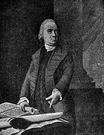 Described as a firebrand, a revolutionary, and a patriot, the young Adams was perhaps the most vocal of his generation to demand independence from Great Britain. He believed in the higher cause of independence, and he didn't often let laws that he thought unjust stand in his way. Described as a firebrand, a revolutionary, and a patriot, the young Adams was perhaps the most vocal of his generation to demand independence from Great Britain. He believed in the higher cause of independence, and he didn't often let laws that he thought unjust stand in his way.
Benjamin Franklin: America's Renaissance Man
Benjamin Franklin was one of the most famous people of his generation, his country, and his country’s history. He was as close as Colonial America came to having a Renaissance man.
John Hancock: The Money Behind the Revolution
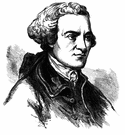 John Hancock is perhaps best known for his very large signature on the Declaration of Independence. However, he was much more important to the American Revolution and the Revolutionary War as a businessman who had large sums of money at his disposal and used that money to support the American cause. John Hancock is perhaps best known for his very large signature on the Declaration of Independence. However, he was much more important to the American Revolution and the Revolutionary War as a businessman who had large sums of money at his disposal and used that money to support the American cause.
The Boston Tea Party
What caused Americans to get so upset about tea? Find out in this easy-to-read article.
|
IN DAYS GONE BY
The Round-the-World Flight of Voyager
In 1986, a two-person team completed the world's first round-the-world flight without stopping to refuel. These two people were Dick Rutan and Jeana Yeager. The plane was called Voyager.
The Christmas Truce
One of the oddest yet most compelling episodes in World War I happened on Christmas Day in 1914. The war had been going on for a few months, and neither side had made much progress (as was the case for most of the war, actually). Germans on one side were hunkered in their trenches; not far away were English and British hunkered down in their trenches. War doesn't usually recognize holidays such as Christmas. But early on Christmas morning, a group of German soldiers left their guns in their trenches and walked across the no-man's land in between the trenches and said, "Merry Christmas" in both English and French. The startled French and British soldiers thought it a trick and kept their weapons aimed at the unarmed Germans. Finally convinced of the Germans' sincerity, the British and French climbed out of their own trenches and greeted their enemies of the day before. The men exchanged cigarettes and food and even played a game of soccer. They sang songs and shared drinks. They made merry on Christmas Day. The war continued the next day, of course, and the better part of four years after that. Millions died at the hands of terrifying new weapons. Many lessons were learned (and not learned). The following Christmas, no such truce presented itself. That pattern continued throughout the war.
But on that one day in 1914, the holiday spirit overcame political prejudices and brought men in uniform together in the spirit of the holiday.
|
ECONOMICS
(For a description of these fun, illustrated,
easy-to-read articles, click here.)
Making
a Budget
One
thing that every good
money manager does is make a budget. Find out why and
how.
Why
All the Graphics in
Economics?
 Economics needs so many graphs because it tracks trends and
other numerical information that other subjects in the
social studies don't, at least not nearly as often. Take the
mystery and difficulty out of charts, tables, and graphs!
Economics needs so many graphs because it tracks trends and
other numerical information that other subjects in the
social studies don't, at least not nearly as often. Take the
mystery and difficulty out of charts, tables, and graphs!
The
Importance of Trade
Trade is vital to the success of a civilization. Why? The
civilization that can produce just enough of everything it
and its people need to survive is rare indeed. Can you think
of an example, today or in the long history of people? Keep
thinking ...
|
GEOGRAPHY
Basic
Geography: The Equator and the Prime
Meridian
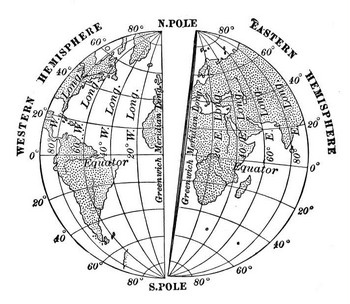 The
earth is a globe, of
course, and can be divided into lots of lines called
latitude and longitude. Latitude
lines run north and south; longitude lines run east and
west. The lines measure distances in degrees. But where do you start? Where
is 0 degrees? This
illustrated article answers those questions and more in a
fun, easy-to-read way.
The
earth is a globe, of
course, and can be divided into lots of lines called
latitude and longitude. Latitude
lines run north and south; longitude lines run east and
west. The lines measure distances in degrees. But where do you start? Where
is 0 degrees? This
illustrated article answers those questions and more in a
fun, easy-to-read way.
Latitude
and Longitude
Latitude and Longitude help us identify the location of
places on a globe. These links give you a better
understanding of these important concepts.
Unforgiving Places
Deserts, mountains, wastelands—these are some of the planet's Unforgiving Places. Learn more about these lonely yet intriguing destinations.
|
ANCIENT ROME

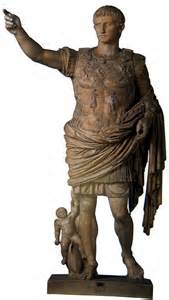 The Roman civilization was full of famous people, places, and things. One of the giants of the ancient civilizations was Rome: the city, the republic, the empire, and much more.
Among the more well-known ancient Romans were Julius Caesar, Augustus (right), Pompey, Nero, Caligula.
An elaborate slave class powered the might of Rome, and perhaps no slave was more famous than Spartacus, who led a large-scale revolt in the year 73.
Rome had many enemies. Among the most well-known were Hannibal, Atilla the Hun, Alaric the Visigoth, the Etruscans, the Samnites, and the Parthians. It was the Roman legion that won the wars and kept the peace for a great many years. Rome also suffered through years of internal strife.
The Romans were great builders, of roads, aqueducts, baths, and temples. They built a system of laws that formed the basis for many a legal system to follow.
|
ANCIENT AND MEDIEVAL MESOAMERICA AND SOUTH AMERICA
|
| The Ancient Olmecs
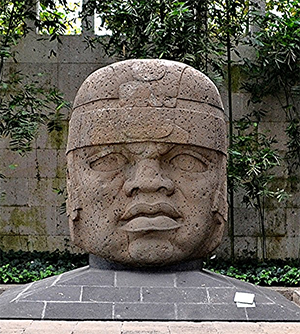 The Olmecs were one of the first advanced civilizations in Mesoamerica and, as such, influenced later, more well-known civilizations in that area.
The Olmecs were one of the first advanced civilizations in Mesoamerica and, as such, influenced later, more well-known civilizations in that area.
|
The Ancient Maya
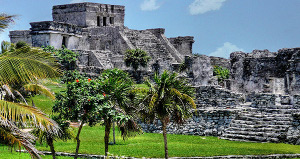 From humble beginnings in the Yucatan, the Maya rose to dominance across what is now Central America and southern Mexico, spreading their knowledge of science, architecture, and survival far and wide.
From humble beginnings in the Yucatan, the Maya rose to dominance across what is now Central America and southern Mexico, spreading their knowledge of science, architecture, and survival far and wide.
|
The Aztecs
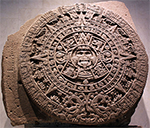 The Aztecs were an economic and cultural powerhouse, ruling much of what is now Mexico and the surrounding area for a few centuries in the late Middle Ages. They came to power by defeating internal rivals, and they lost power by underestimating an overseas foe.
The Aztecs were an economic and cultural powerhouse, ruling much of what is now Mexico and the surrounding area for a few centuries in the late Middle Ages. They came to power by defeating internal rivals, and they lost power by underestimating an overseas foe.
|
The Inca
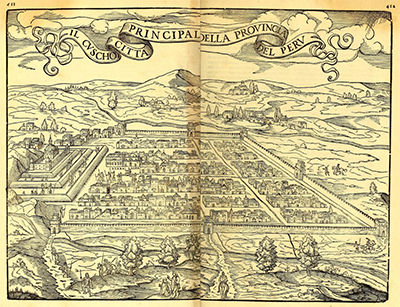 The Inca Empire stretched thousands of miles along the western coast of South America. At its height, this empire, with its capital at Cuzco, was the largest in the world.
The Inca Empire stretched thousands of miles along the western coast of South America. At its height, this empire, with its capital at Cuzco, was the largest in the world.
|
|
Why Is It Called a River Delta?
As with many things, the answer lies in Ancient Greece.
Why Is It That American Elections Are on Tuesday?
Elections in American happen on a Tuesday. That's the law. But why?
Why Is It Called Big Ben?
Big Ben is actually the giant bell inside the famous Clock Tower in London. It is not the only bell in the tower, and it is certainly not the tower itself.
Significant Sevens are the highest, the lowest, the deepest, the farthest, the oldest, the youngest, and a host of other lists in economics, geography, history, and much more.
The 7 Most Visited National Parks in the U.S.
The 7 Longest Train Journeys in the World
|
Cultural Icons are the instantly recognizable monuments, landforms, buildings, and many other kinds of landmarks that define a people, place, or culture.
Angkor Wat
The Angkor Wat complex, the world's largest religious monument, has as its main features a 213-foot-tall central tower and four surrounding smaller towers, enclosed by a number of walls and a surrounding moat.
The
Brooklyn Bridge
The Brooklyn Bridge, still one of the world's longest suspension bridges, opened to the public on May 24, 1883.
The Eiffel Tower
The Eiffel Tower was once criticized for its design. It is now, and has been for some time, one of the most recognized and visited structures in the world.
Versailles
The opulent palace and grounds were the seat of government and playground of French monarchs for many years. Now, annual visitors top 3 million.
|
|
Search This Site
Get weekly newsletter
GET THESE GREAT BOOKS
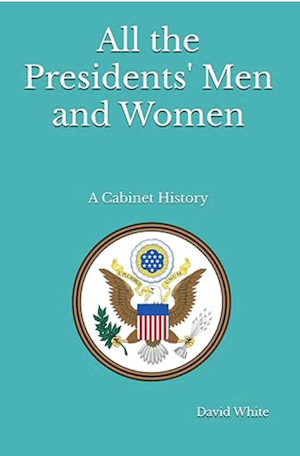
It's a detailed rundown of ALL of the Cabinet members of EVERY president. Trace the history of America in a novel new way.
 
More on the U.S. Government.
|
DID YOU KNOW?
It took a century ... 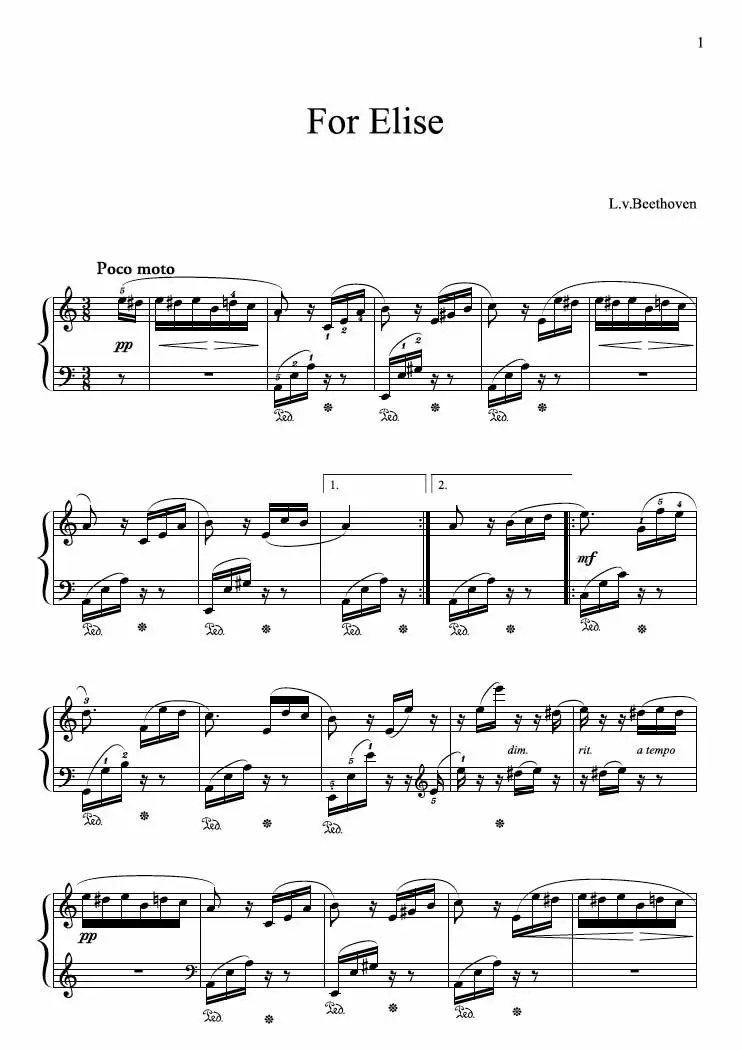
Ludwig van Beethoven's iconic piano composition Fur Elise wasn't published for more than a century after he wrote it.
Find out why.
Actress and inventor
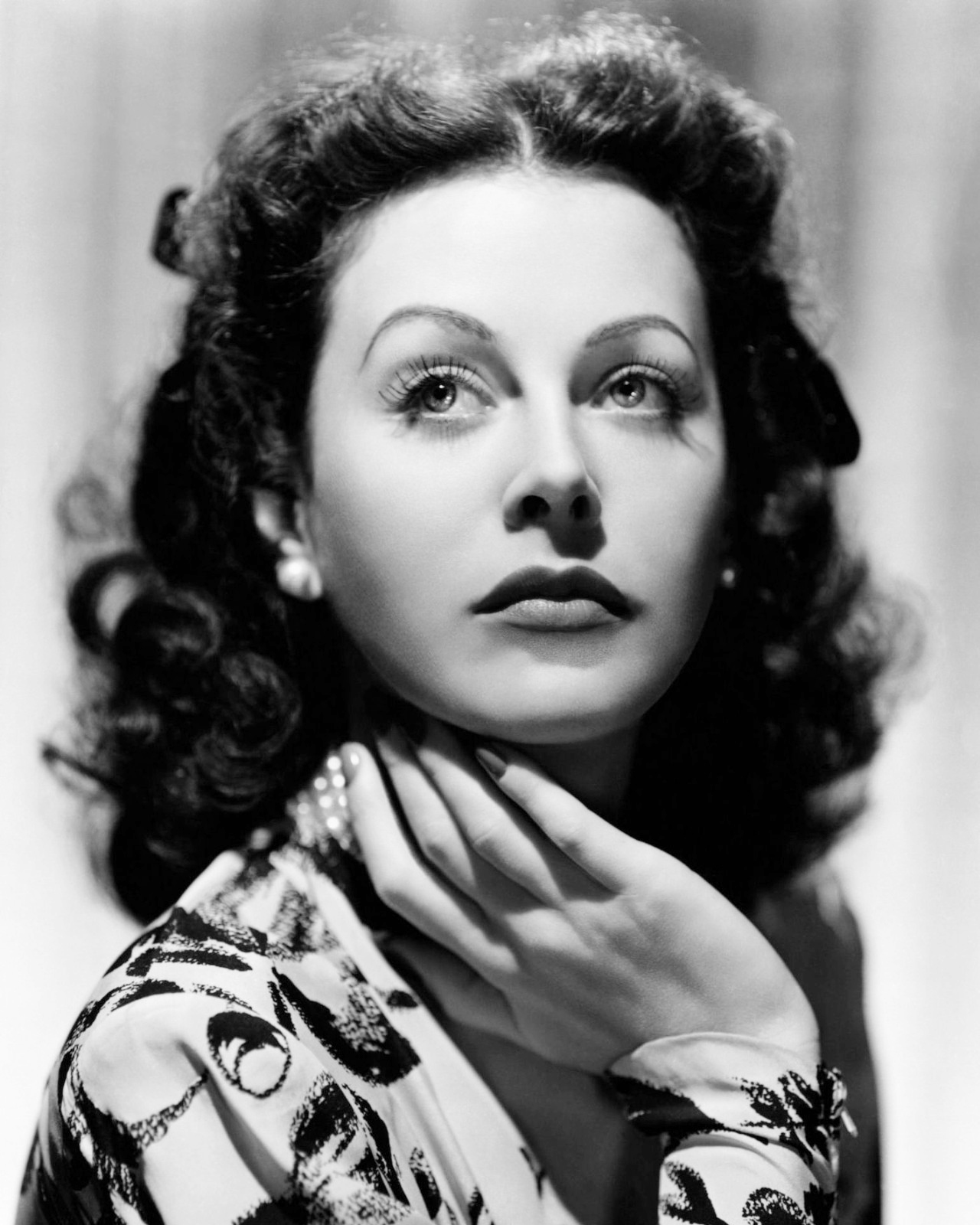 Actress Hedy Lamarr was one of the most famous actresses of her generation, starring opposite such famous leading men as Clark Gable, John Garfield, Spencer Tracy, and Robert Young. She was also a scientist and inventor. One of her inventions forms the basis of much of today's wireless technology.
Find out more.
Who drives on which
side of the road
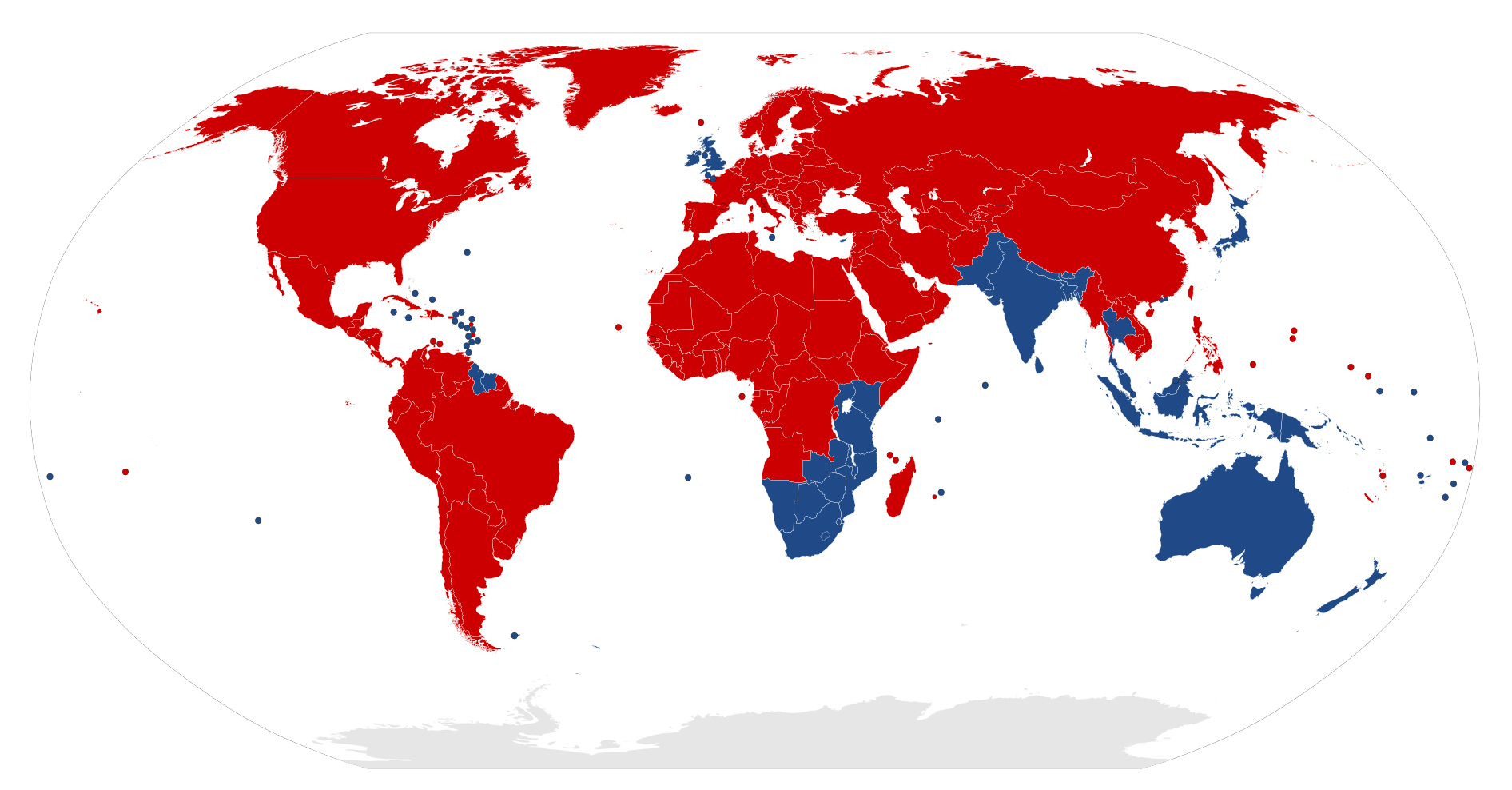
Several dozen of the world's countries and territories stipulate that drivers must adhere to the left side of the road; the rest of the world, about two-thirds of the population, drives on the right. Ever wonder why some countries have drivers go on the left?
Find out here.
Canals once powered commerce
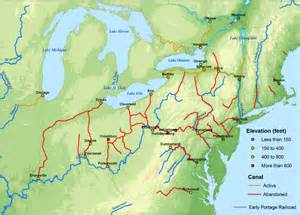
Before the advent of the railroad, many American goods and people traveled by river, along a network of canals. An entire industry grew up around the shipping of goods by canal. Ship captains made their living shipping goods back and forth between cities and ports. In between journeys, captains and boat workers lived in communities along canals.
Find out more.
The 1st licensed female pilot
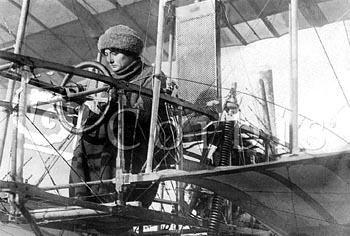
Baroness la Deroche was the first woman to earn a pilot's license. She did so in 1910. The Frenchwoman flew planes in airshows in several countries, including Egypt, France, Hungary, and Russia.
Find out more.
Demand for tulips once
ruined many fortunes
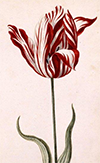
The Dutch Tulip Bubble was an economic episode that bankrupted many individuals and cost many others their credibility but left the government and its treasury and reputation largely unscathed. Many people also refer to this episode as Tulip Mania.
Find out more.
|
|
|
|
|

